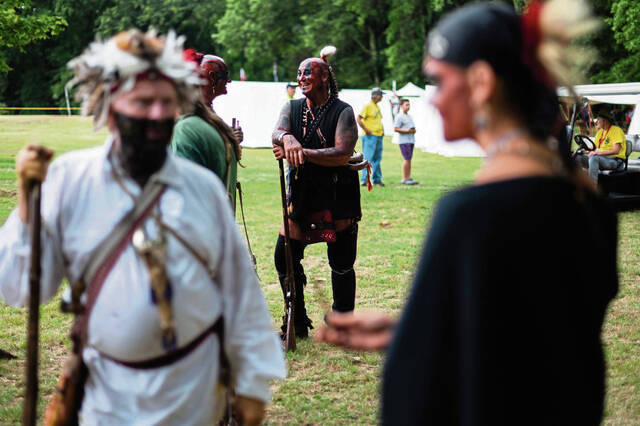Editorial: Museum commission needs to bring ideas for Bushy Run Battlefield
Teachers will tell you that finding a way to make a lesson come to life is the best way to make the material stick.
It’s the difference between telling someone how to drive and putting them behind the wheel. There’s a reason that you take a book test to get your permit and a driving test to get your license. Experience promotes understanding.
So it is unfortunate that Bushy Run Battlefield won’t be able to put people behind the wheel of history in the way that it has done for years.
The 1763 battle was part of Pontiac’s War, pitting the Seneca, Cayuga and Lenape tribes against the British in two days of fighting. Pontiac’s War was a three-year period of unrest that fell between the French and Indian War and the American Revolution.
It’s a time that was important to how the region developed, yet many people can’t tell you much about it. The battlefield is a fixture in Penn Township. The historical park and museum are operated by the Bushy Run Battlefield Heritage Society and the Pennsylvania Historical and Museum Commission.
And that’s where the problems come in.
The society makes half of its budget in an annual battle re-enactment that brings together history enthusiasts acting as the combatants and the people who enjoy learning about the state’s and nation’s past. That won’t happen in 2023 because of the commission’s new “no-force-on-force” policy.
That means you can’t have opposing sides facing off against each other with weapons — even if it’s not real.
It follows the 2022 complication over the issue of consulting Native groups about the re-enactment.
There is no doubt that use of weapons is a significant issue these days. So is considering the viewpoints of indigenous people in something that is an important part of their history.
But the educational value of the experience should be, too. For two years, it hasn’t seemed like that has been a primary consideration.
If the commission wants to implement restrictions, that can be done. However, that should come along with solutions. If the state organization wants to handcuff the ability of groups like the heritage society to stage re-enactments, they should have to come to the table with ideas to replace it.
First, they should consider it from a fundraising perspective. What can they suggest that will help make up the money that will be lost?
But there is the teaching component as well. What will help people best immerse themselves in the two-day battle of 1763? What will let them understand the events as they took place? What will make them grasp the way that conflict fit into the puzzle of American history?
Because the purpose of museums and historical sites is supposed to be about what people learn.
Remove the ads from your TribLIVE reading experience but still support the journalists who create the content with TribLIVE Ad-Free.

